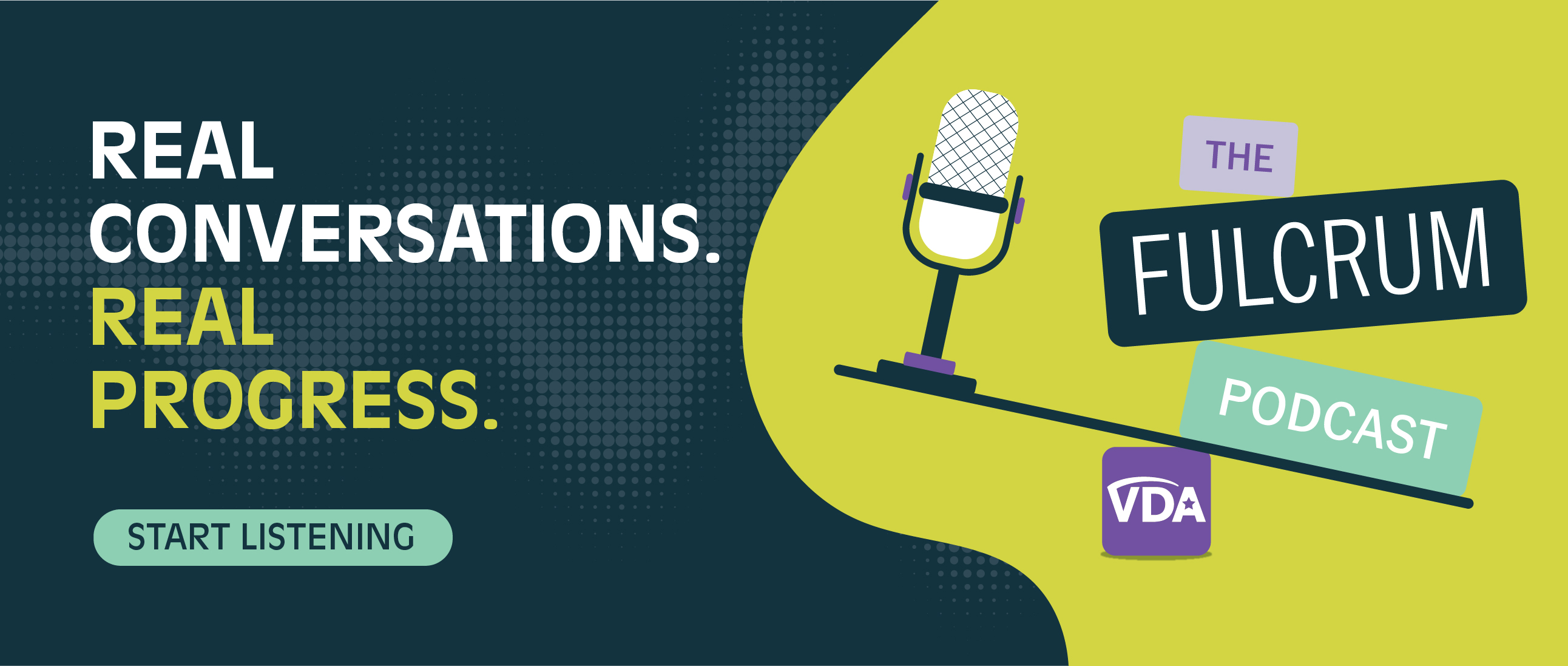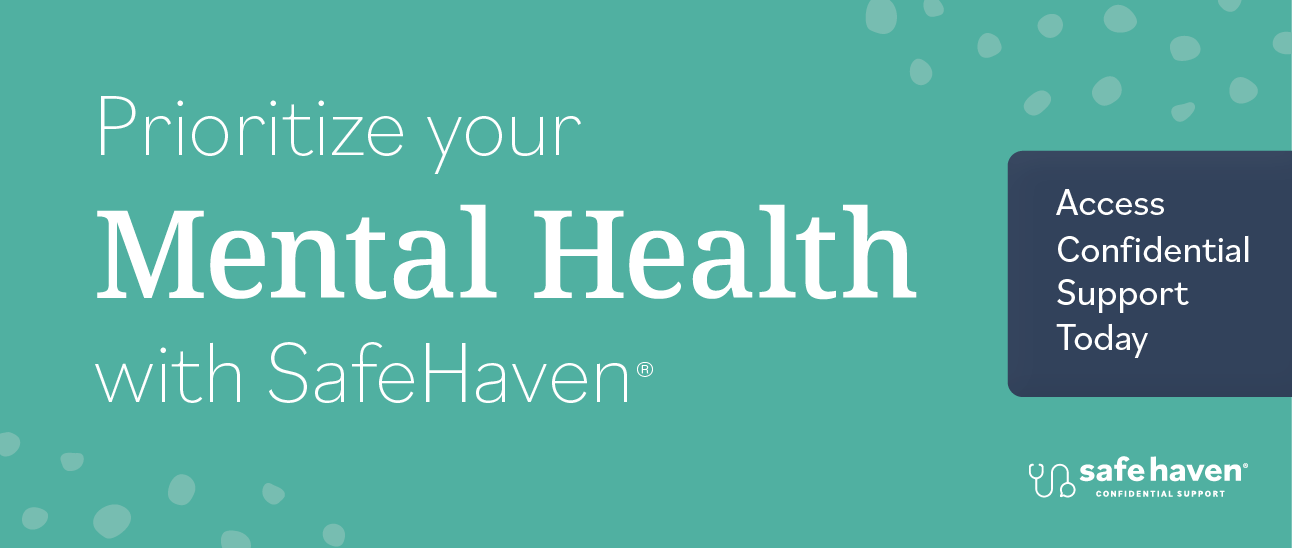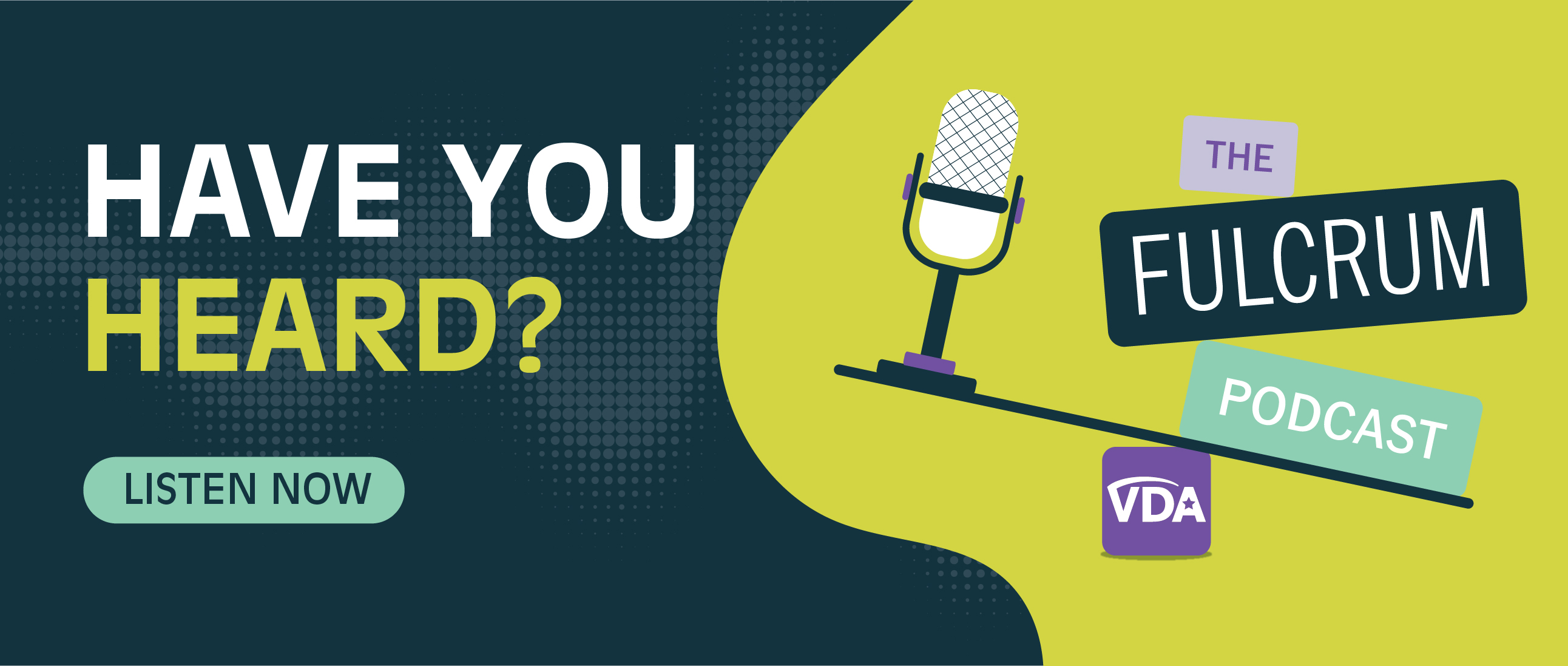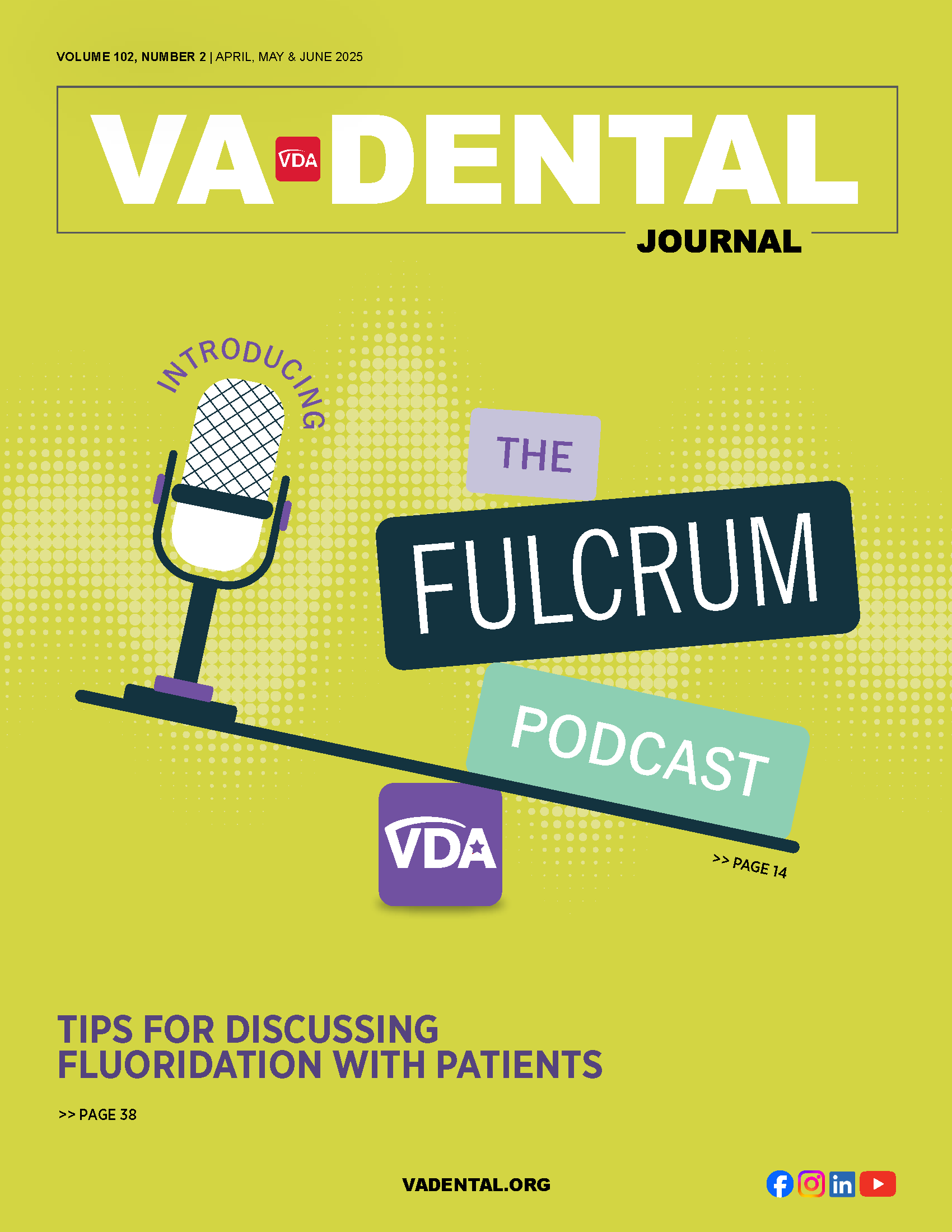ADA issues more detailed guidance as dental practices resume operations
These recommendations in the Return to Work Interim Guidance Toolkit outline actions dentists and their dental team can do before, during and after dental appointments, as part of an effort to ensure the safety of staff and patients.
“The ADA’s interim guidance, released in April, builds upon the already strong infection control protocols in place in dental offices and calls for the highest level of [personal protective equipment] available — masks, goggles and face shield — to help protect patients and the dental team when reengaging in providing the full range of oral health care,” according to the ADA statement.
Office staff procedural changes and office set-up suggestions include:
Before dental appointments
• Dental office staff may call patients and ask questions about their current health status. They may repeat these questions when patients arrive to make sure nothing has changed.
• Patients may have their temperature taken prior to any procedure.
• Patients may be asked to bring and wear their own masks upon arrival at the dental office, particularly in states or cities that mandate the wearing of masks in public.
• Patients may be asked to limit the number of people they bring to the appointment.
During dental appointments
• Patients may be asked to wait outside until the dental team is ready to see them.
• Inside the office, toys and magazines may be removed.
• The office may have hand sanitizer available for patient use.
• Dental staff may wipe down items patients touch, such as pens, clipboards and furniture.
• The computer keyboard in the dental operatory may have a disposable cover so it can be cleaned between patients.
• The dentist and team members may be using different PPE than they’ve used at previous appointments.
After dental appointments
• Staff will thoroughly clean the areas where patients have been, using disinfectants that are effective against the virus that causes COVID-19.
The interim guidance also includes ways to reduce aerosols. These include hand scaling when cleaning teeth rather than using an ultrasonic scaling device; using high velocity suction whenever possible; and using rubber dental dams whenever possible.
“The safety of patients and the dental team has been and always will be the American Dental Association’s foremost concern,” according to the Issues Alert. “Guided by the best-available scientific evidence, the ADA will continue to provide recommendations for the health and safety of patients and dental professionals.”
The Association, on March 16, had been among the first national professional health associations to recommend postponement of all but urgent or emergency procedures. That recommendation was intended to help mitigate the spread of the virus that causes COVID-19, conserve PPE for medical frontline colleagues and avoid the need for patients requiring emergency dental treatment to go to overburdened hospital emergency departments.
The ADA’s March 16 recommended limitation on practice expired on April 30 and was not extended.
Since then, the Federal Emergency Management Agency has elevated dentistry on the FEMA PPE priority list and dental practices began reopening in states where government mandates were lifted.
In addition to the interim guidelines, the ADA has also a COVID-19 Hazard Assessment and accompanying checklist to aid dentists in assessing virus transmission risks in their practices. According to the Issues Alert, the interim guidance, assessment guide and checklist will be shared with the Centers for Disease Control and Prevention and the Occupational Safety and Health Administration.







